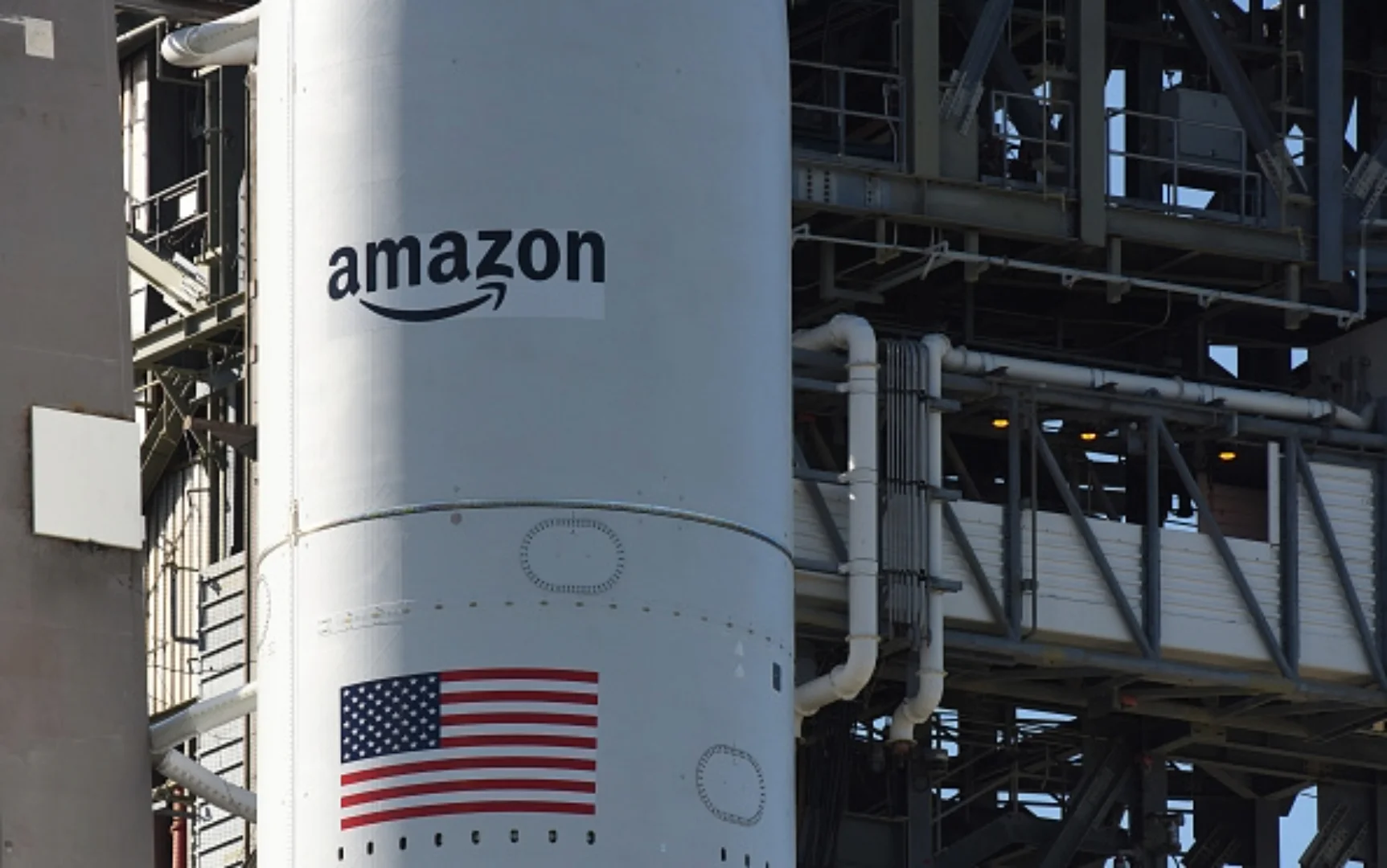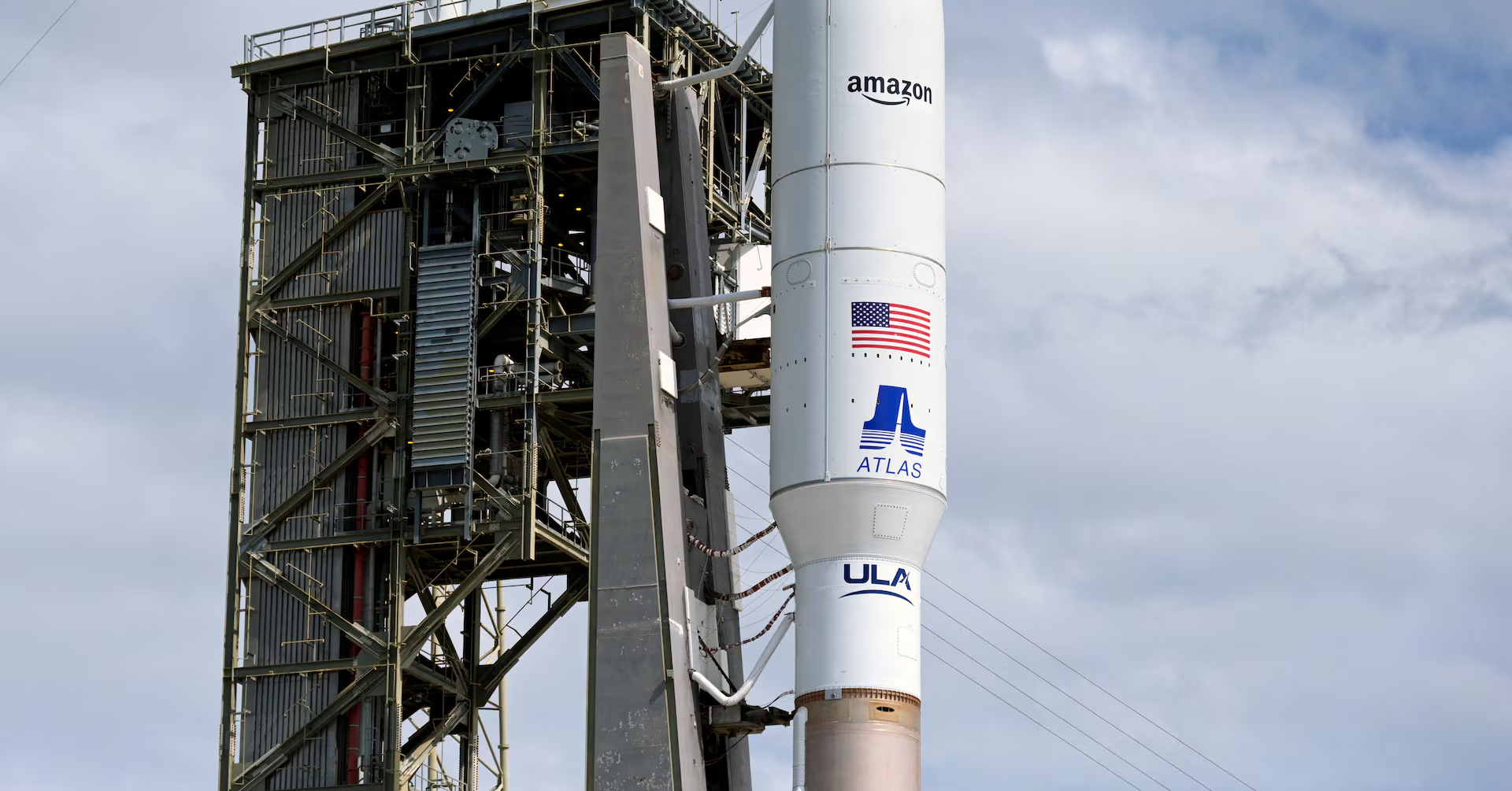Amazon’s ambitious Project Kuiper satellite internet constellation has encountered significant weather-related delays throughout 2025, highlighting the challenges of space launches in Florida’s volatile climate. The tech giant’s efforts to compete with SpaceX’s Starlink service have been repeatedly hampered by adverse weather conditions, forcing multiple postponements of critical satellite deployment missions.
The company’s satellite internet initiative represents a $10 billion investment aimed at providing global broadband connectivity, particularly targeting underserved and remote areas worldwide. With plans to deploy over 3,200 satellites in low Earth orbit, Amazon faces mounting pressure to meet Federal Communications Commission deadlines while battling unpredictable weather patterns along Florida’s Space Coast.
Weather disruptions have become a recurring theme for Project Kuiper launches, with persistent rain, strong winds, and dangerous cumulus clouds creating unsafe launch conditions. These meteorological challenges have forced United Launch Alliance (ULA), Amazon’s primary launch partner, to implement multiple delays throughout the year, affecting the project’s ambitious timeline to begin customer service delivery.
The stakes are particularly high for Amazon, as the company must launch at least 1,618 satellites by July 2026 to comply with FCC regulations. Each weather-related delay not only impacts immediate launch schedules but also compounds the pressure on future missions, creating a cascading effect on the deployment timeline.
Weather Challenges Plague Kuiper Missions
Florida’s Space Coast has proven particularly challenging for Amazon’s satellite launches in 2025. The first major weather disruption occurred in April when persistent cumulus clouds and strong winds prevented the inaugural Project Kuiper launch. United Launch Alliance officials emphasized that cumulus clouds pose significant lightning strike risks, making launches extremely dangerous under such conditions.
The weather-related delays continued into June, when ULA postponed the second Kuiper mission due to multiple days of rain and strong winds affecting Cape Canaveral and surrounding areas. Originally scheduled for a Friday afternoon launch, the mission was rescheduled to June 16 at 1:25 p.m. ET, demonstrating how weather patterns can significantly impact tight launch schedules.
Technical Issues Compound Weather Delays

Beyond weather challenges, Amazon’s Kuiper missions have also faced technical setbacks. The June 16 launch attempt was ultimately scrubbed due to an elevated purge temperature issue within the Atlas V rocket’s booster engine. ULA CEO Tory Bruno explained that a potential problem with a GN2 purge line could not be resolved during the countdown, forcing another postponement.
This combination of weather and technical challenges illustrates the complex nature of satellite deployment operations, where multiple factors must align perfectly for successful launches.
Competitive Pressure Intensifies
Amazon’s weather-related delays occur against the backdrop of intense competition from SpaceX’s Starlink service, which already operates over 8,000 satellites and serves millions of users globally. While Amazon successfully launched its first 27 Kuiper satellites in April 2025, the company requires rapid deployment acceleration to remain competitive in the satellite internet market.
The Federal Communications Commission deadline adds additional urgency, requiring Amazon to launch half of its planned constellation by July 2026. Each weather-related delay reduces the available launch windows, potentially forcing Amazon to seek deadline extensions or face regulatory penalties.
Weather remains an unpredictable variable in Amazon’s satellite deployment strategy, emphasizing the importance of flexible scheduling and backup launch opportunities in achieving Project Kuiper’s ambitious goals.

